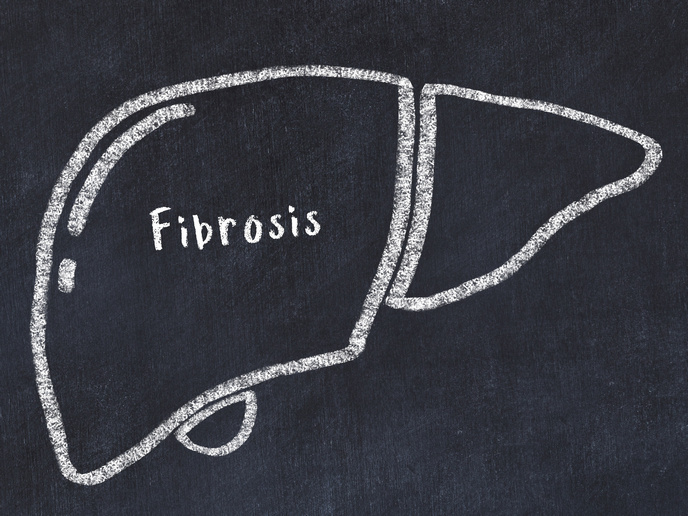Solutions for fungal resistance
Systemic fungal infections are currently treated mainly through four classes of drugs, with the azole class serving a frontline role. European researchers have found drug-resistant strains of fungal species such as Aspergillus and Candida in about 20 to 30 % of patients. This is a serious issue as no effective treatment alternatives are available to clinicians. Leading European small and medium-sized enterprises (SMEs) and academics joined forces on the NOFUN (Novel antifungals to treat resistant organisms) project to develop novel classes of antifungals and identify drug targets such as mitochondrial pptB. This consortium had previously identified antifungal molecules that are potent against multidrug-resistant fungal pathogens, including Aspergillus, Candida, Scedosporium, Fusarium and Zygomyces species. Project researchers worked to validate the antifungal efficacy as well as safety of the novel antifungal compounds. These include the F6 series of compounds. An important aspect addressed was determining their mechanism of action to produce an optimised lead compound series for preclinical studies. They developed appropriate model systems for testing antifungal activity and produced a database of antifungal chemistries. Researchers obtained a better understanding of the structure-activity relationship around the antifungal molecule. Study outcomes revealed that the F6 antifungal series acts via inhibition of lipid synthesis, unlike existing commercially available antifungal drugs. Via assays, they determined the gene targeted by these compounds. In silico techniques were also used to predict compound properties and efficacy. The team identified novel transcription factors implicated in drug resistance. NOFUN improved synthetic routes for drug production on a larger scale and developed multiple complex analogues and derivatives targeting the gene identified in the study. The newly identified pharmacophores showed significantly improved antifungal activity against all key Candida species as well as the main pathogenic Aspergillus species. Partners filed a patent to protect the NOFUN lead chemical series. Commercialisation of potent antifungal drug candidates for oral administration would mean that clinicians have a practical recourse to treat drug-resistant infections. Such a drug would not only be life-saving, it would also enhance the competitiveness of participating SMEs.







